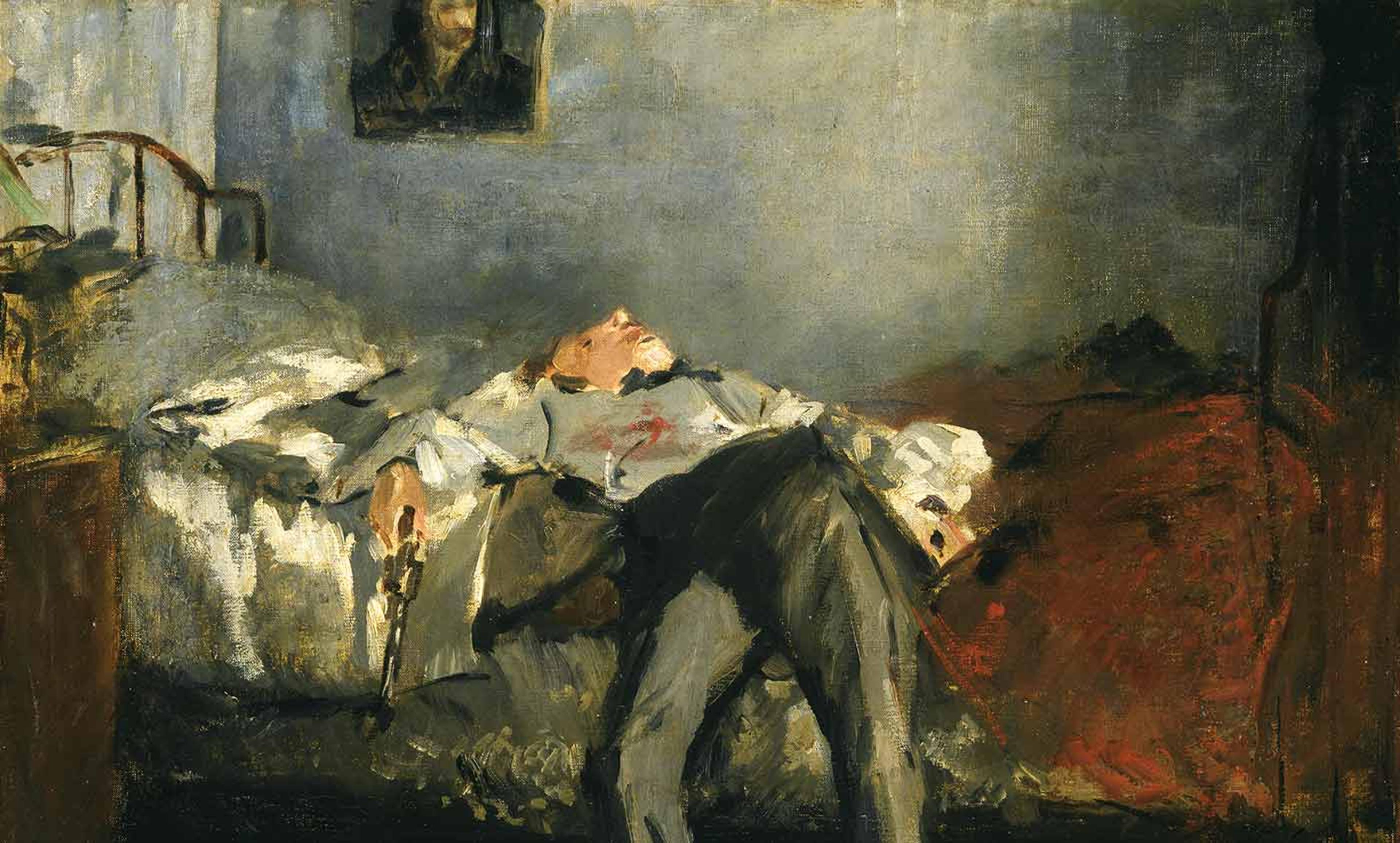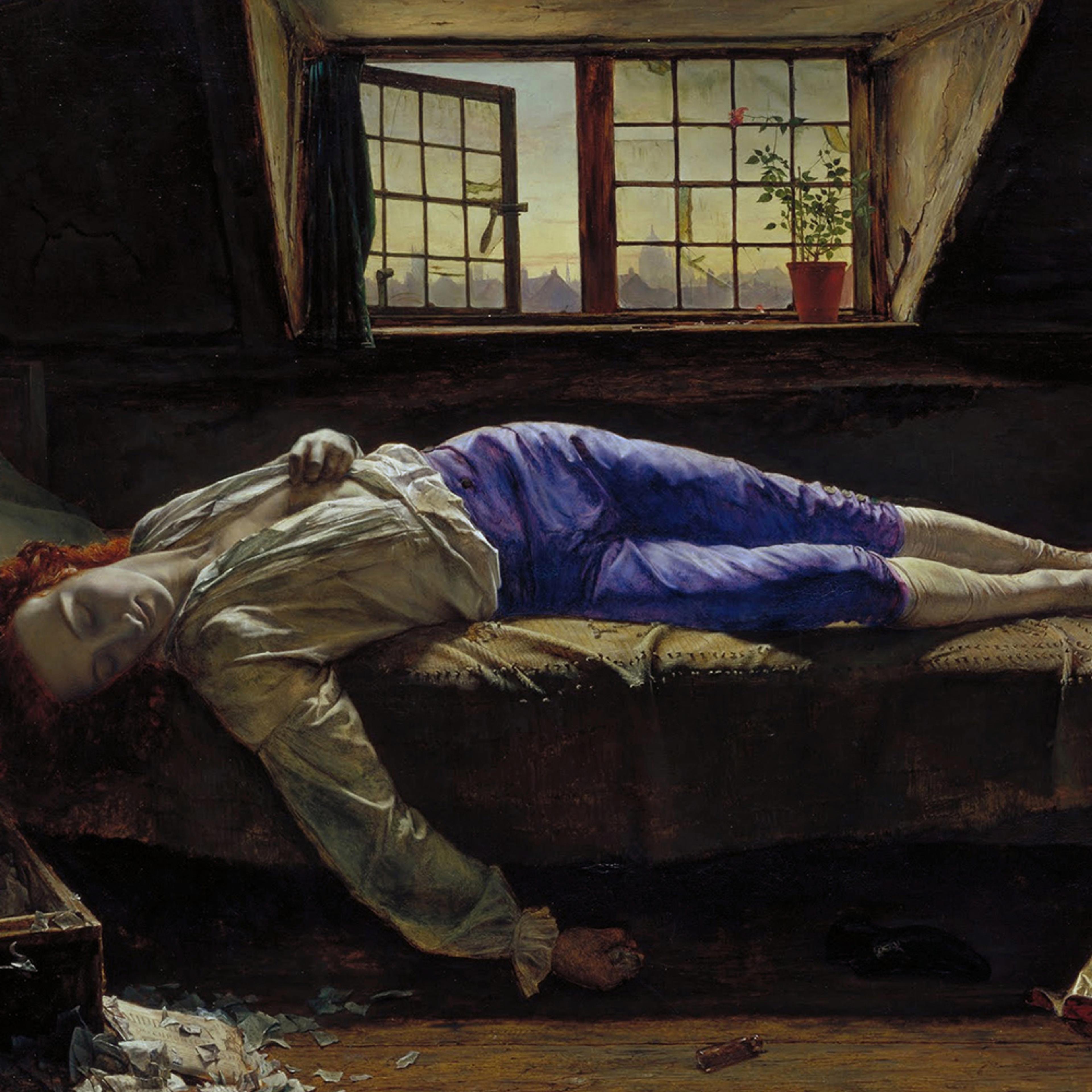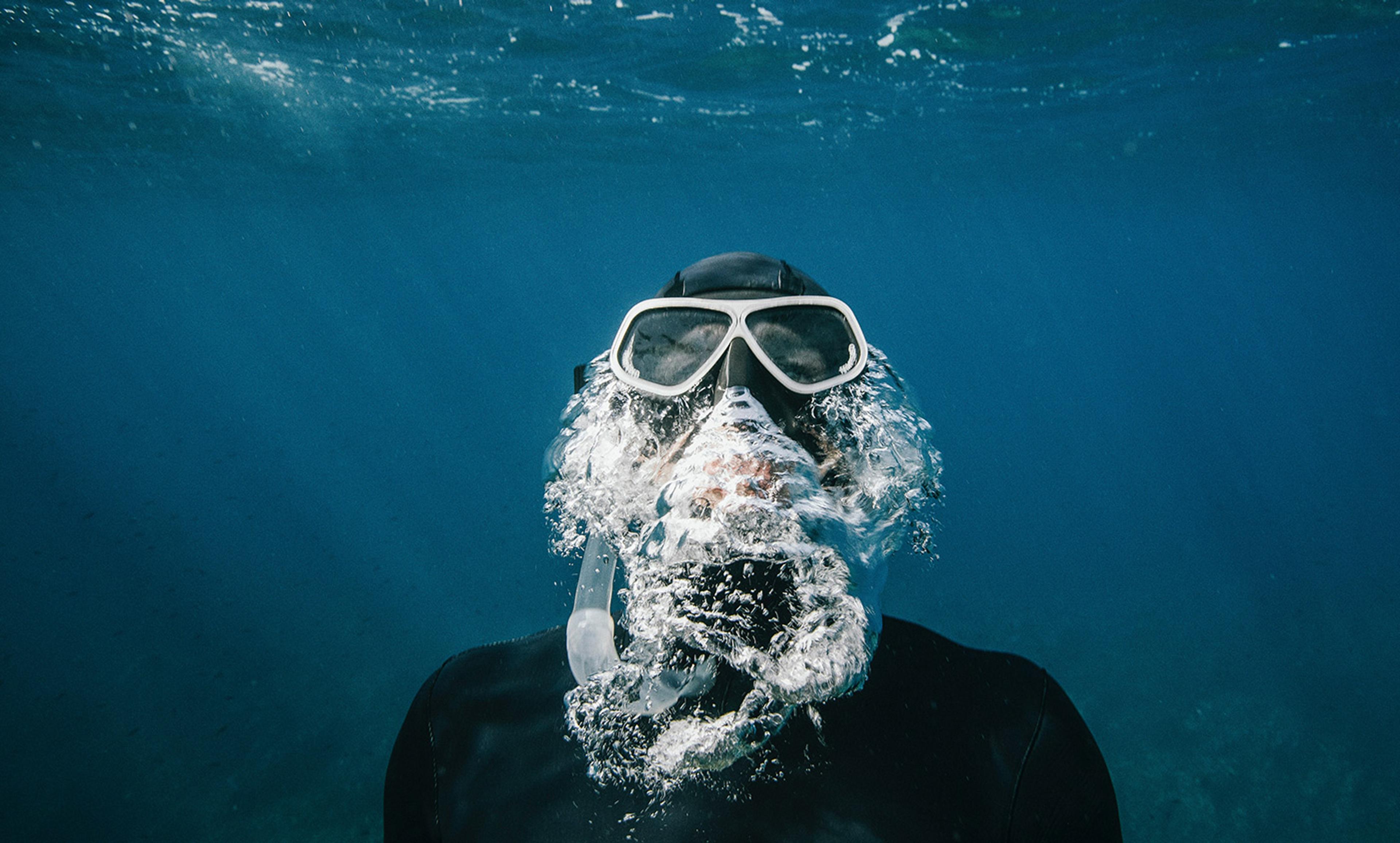Ryan Polei/Flickr
‘You said that you’re afraid of dying. What are you afraid of?’
‘Oblivion. Of not being alive, quite simply, of not feeling life, not smelling it.’
From an interview with Philip Roth by Martin Krasnik, The Guardian, 14 December 2005
At some stage in evolution, it must have dawned on human beings that the death of the body brings with it the death of the mind. The idea that death means mental oblivion is a sophisticated one that can be reached only by deduction, not observation; we assume no non-human animal could grasp it.
Let’s suppose that this idea of death originated alongside language and symbolism about 100,000 years ago, and that it spread rapidly across human culture. The consequences for people’s hold on life must have been momentous. For those who, like Roth, would fear oblivion, it could provide a new reason to stay alive. But for others so unfortunate that they would welcome oblivion, it could provide a reason to die. Thus, a major advance in human knowledge could have had a dangerous outcome for human fitness: it could have made suicide – self-serving, egoistic suicide – a potentially attractive option.
Suicide among humans is, in fact, dreadfully common. In the United States, someone kills him or herself every 12 minutes. Across the world, more people die from suicide than in all wars and homicides combined. It’s true that some do it for altruistic reasons, so as to bring benefits to group members or kin. But the great majority are primarily concerned with obliterating their own minds. Far from hoping to benefit others, these self-killers are motivated by self-interest. They do not care about the effect on others, or sometimes even intend a kind of vengeance. And, whether they intend it or not, the effects on family and friends are often devastating. The anthropologist Charles MacDonald at the French National Centre for Scientific Research, reviewing the motives for suicide, concludes:
People want to end a state of psychological or physical anxiety … The victims simply want to go. They don’t mean to change things. The common denominator of all cases examined here is pain or stress – physical, mental or emotional. The suicide wants to stop hurting.
From the viewpoint of evolutionary biology, altruistic suicide on behalf of others might possibly be genetically advantageous. But egoistic suicide, simply to stop the self from hurting, could only be severely disadvantageous. Many of those who do it are young. It’s now the second most common cause of death in teenagers. If these young people had not died by their own hand, they would likely have got over the hurt and gone on to make a success of their lives. At a stroke, they have ruined their own biological fitness and that of related individuals too. At the level of biology, egoistic suicide is clearly a mistake, a sure path to genetic extinction. But it is precisely because humans, alone among animals, rise above biology that they can make this mistake. Humans have reason to believe that by killing themselves they can escape from pain. Thus, suicide might seem a rational solution to an immediate problem. Self-killing may be undertaken as self-euthanasia.
Indeed, while other possible remedies would take time and effort, suicide can seem easy and fast. It requires neither emotional intelligence nor practical expertise to leap from a cliff, drink poison or slit one’s wrists. In parts of Asia, people are known to ‘hang’ themselves simply by kneeling and leaning into the rope. In The Volcano Lover (1992), Susan Sontag wrote:
How thin the line between the will to live and the will to die … How about … a hole … a really deep hole, which you put in a public place, for general use. In Manhattan, say, at the corner of Seventieth and Fifth. A sign beside the hole reads: 4 PM-8PM / MON WED & FRI / SUICIDE PERMITTED. Just that. A sign. Why, surely people would jump who had hardly thought of it before.
Real suicides are often unplanned and impulsive. A survey of 306 Chinese patients who had been hospitalised following a suicide attempt, found that 35 per cent had contemplated suicide for less than 10 minutes, and 54 per cent for less than two hours.
The trouble is, all human beings have moments of despair. It is a grand, if tragic, truth that because humans have ambition that is so much higher than other animals, hurting is bound to be a part of life. The Italian poet Cesare Pavese said it explicitly: ‘No one ever lacks a good reason for suicide.’ The philosopher Ludwig Wittgenstein once told a friend that ‘all his life there had hardly been a day, in which he had not at one time or other thought suicide a possibility’. More typically, among today’s US high-school students, 60 per cent say they have considered killing themselves, and 14 per cent have thought about it seriously in the past year.
In light of contemporary evidence, I think we’re obliged to ask how far suicide would have impacted pre-historic human life. Today, there exist cultural deterrents – religious, legal, civic – which, though obviously not wholly effective, help to keep suicide under control. But they have not always been there.
When our ancestors first discovered that mental oblivion could be bought so cheaply, how vulnerable would they have been? I can only suppose that, lacking any previous exposure to it, they would have been caught off-guard, with no kind of immunity, either innate or acquired. In which case I think it’s realistic to imagine a scenario where suicide would have spread like measles in an unprotected population. Indeed, measles could be an alarmingly apt analogy, because, even today, the suicide ‘meme’ is highly infectious. It jumps all too easily from one mind to the next.
Suicide contagion has been dubbed the Werther effect, after the hero of Goethe’s 18th century novel, The Sorrows of Young Werther. In the novel Werther kills himself after falling hopelessly in love with a married woman. Following its publication in 1774 there were hundreds of copy-cat deaths in Germany. Recent research has confirmed just how strong the effect is. Every time a celebrity suicide is given exposure in newspapers or on television, the copy-cats follow. It is estimated that Marilyn Monroe’s death in August 1962 was responsible for 200 extra suicides within a month. After a popular South Korean actress hung herself in 2008, suicides jumped 66 per cent that month, with young hanging victims accounting for most of the increase.
There are still parts of the world today where rates of suicide are ten times the average found elsewhere, apparently as the result of a local chain reaction. Studying the generally contented and peaceful people on the island of Palawan in the Philippines, MacDonald found evidence of waves of suicide spreading through small villages. ‘The child grows up accustomed to the idea,’ he comments. ‘[He or she] sees or hears about elders, uncles, aunts, older cousins, and friends’ parents killing themselves. Thus suicide becomes an accepted model of behaviour, an option open to the individual.’
Yet, what could have set off the chain reaction to begin with? MacDonald has put forward what he calls the ‘wave theory’. He believes suicide was probably at a ‘normal’ level on Palawan, until, early last century when some kind of catastrophe occurred – a cholera epidemic, a slave raid? – that wrecked the villagers’ lives. This caused a surge in suicides, and the wave has been propagating ever since.
So how prevalent was suicide in the neolithic past? It is a question archaeologists have never thought to ask, and for which we cannot expect fossil evidence. But let’s suppose humans first became at risk about 100,000 years ago. We can assume that in the early days the infection rate would have remained relatively low. But once humans left Africa, living conditions were set to become increasingly harsh. In the icy climate of central Europe 50,000 years ago, with people struggling to survive the elements and in murderous competition with neighbouring humans, there would have been plenty of occasion for short-term despair. If the rate of suicide then reached a critical level, it could well have become epidemic.
Did suicide threaten the survival of entire populations of early humans? There have been several genetic bottlenecks in human history, suggesting that populations crashed almost to nothing. These have been attributed to external factors such as internecine strife, or volcanic winter, or disease. But was the real cause a worm internal to the human mind?






